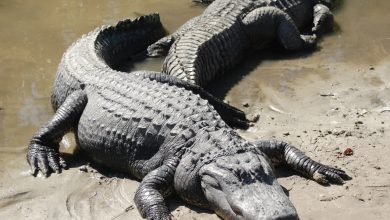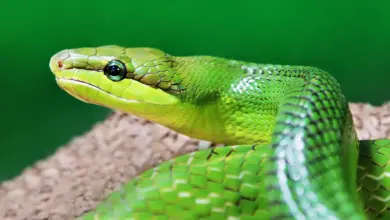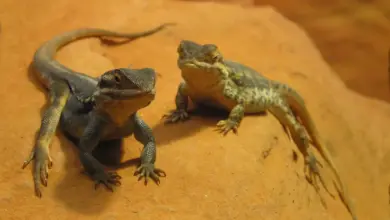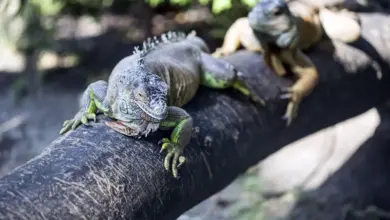What Eats Turtles?
What Eats Turtles?
As reptiles that inhabit both aquatic and terrestrial environments, turtles interact with a wide variety of animal species that prey upon them for sustenance.
Turtles play an integral role in food chains and ecosystems, both as hunters and as a food source for other animals. Their protective shells enable most adults to withstand predation attempts, but turtle eggs and hatchlings are vulnerable to being eaten by diverse predators.
In this article, we will examine the many animals that consume turtles in various habitats and stages of life.
Predators on Land
Predators of Turtle Eggs and Hatchlings on Land Turtle eggs and hatchlings face heavy predation pressures on land soon after being laid and emerging from the nest.
Their soft, tender shells and small size make them easy pickings for quick, opportunistic predators.
While turtle shells provide substantial defense once fully developed, some large terrestrial predators have learned to access the meat within.
These predators pose a threat to juvenile and adult turtles on land through a combination of intelligence, strength, and specialized adaptations.
Mammals
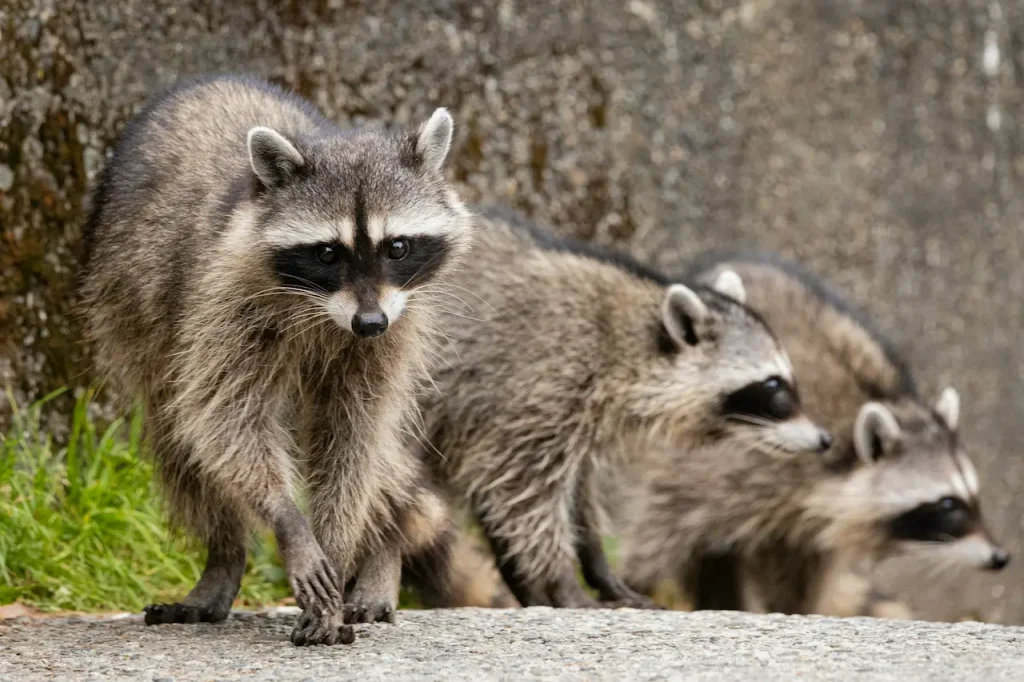
Mammals are the primary predators of turtle eggs and hatchlings on land. Raccoons, foxes, skunks, badgers, and coatis are all known to dig up turtle nests and consume the eggs. Small mammals like rats, mice, and shrews may also feed on eggs opportunistically.
Hatchlings emerging from the nest are easy targets for these quick mammals. Domestic dogs and cats, as well as wild canids like coyotes and jackals, also readily feed on eggs and hatchlings if given the chance.
Larger mammals pose a threat to juvenile and adult turtles as well. Bears, including black and grizzly bears, use their powerful claws and jaws to get through the shell and consume the turtle inside. Wolverines have also been observed feeding on adult turtles.
Birds
Various predatory birds are significant predators of hatchlings and juvenile turtles. Hawks, eagles, owls, ravens, crows, and gulls all opportunistically feed on young turtles.
The hooked beaks and sharp talons of raptors like hawks and eagles enable them to pierce the tender shell and grab the meat from inside.
Vultures and other scavenging birds will feed on deceased turtle remains. And while they do not typically hunt live specimens, herons and other wading birds may grab small turtle hatchlings if given the opportunity.
Reptiles
As reptiles themselves, turtles fall prey to other predatory reptiles on land. Snakes are able to swallow small turtle hatchlings whole. Some snakes, like the eastern kingsnake, are egg-eating specialists that raid turtle nests.
Alligator snapping turtles use their powerful jaws and thick shells to consume other turtle species of all ages. In contrast, crocodilians like alligators and caimans can make a meal of adult turtles with their massive bite force and death rolls.
Monitor lizards are also adept turtle hunters, cracking into the shell or shell-less soft-shelled turtles with ease. Other lizards and large amphibians, like bullfrogs, may eat young turtles on occasion.
Predators in Water
Adult turtles face their greatest risks of predation in the water, where their heavy shells make them slower and more cumbersome.
Fish
Several species of large predatory fish consume turtles in freshwater and marine habitats. Alligator gars, which can grow over 10 feet long, use their long snouts filled with sharp teeth to crush turtle shells and extract the meat inside.
Muskellunge, northern pike, and other large piscivorous fish will also opportunistically feed on aquatic turtles.
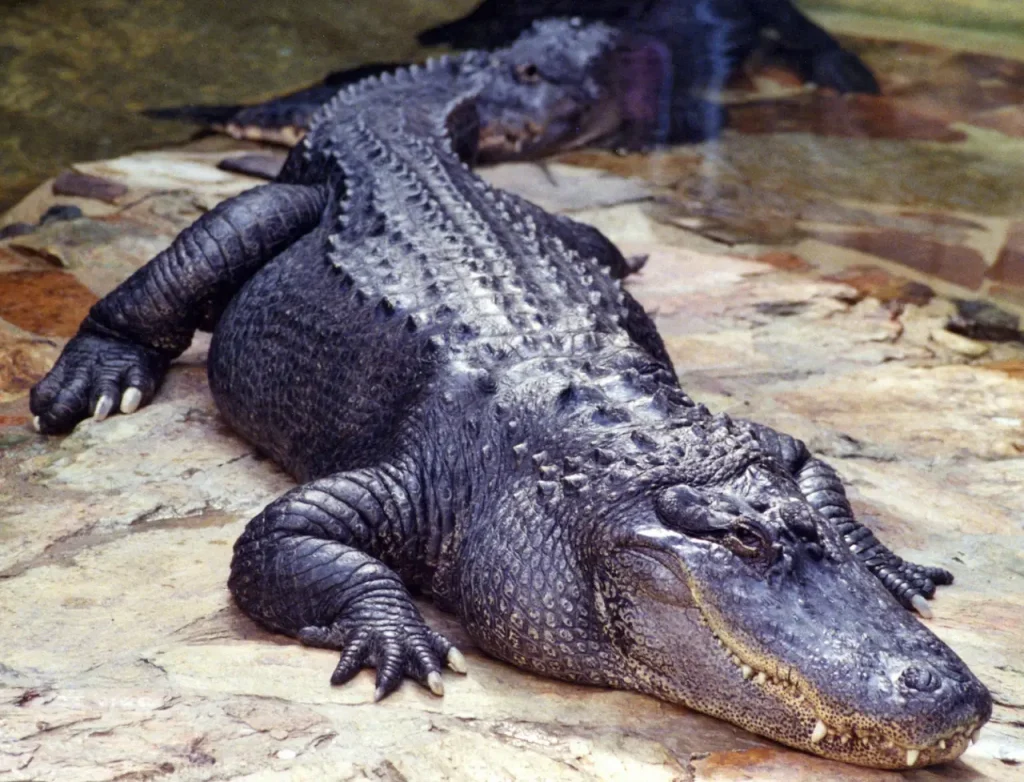
In the ocean, predatory fish like sharks, marlins, and groupers attack adult sea turtles. Sharks seek out terminally ill sea turtles that have become too weak to fight back against an attack. Tiger sharks and great hammerhead sharks are particularly known for attacking sea turtles.
Reptiles
Crocodilians like crocodiles, alligators, and caimans are the most frequent predators of aquatic turtles due to their massive bite force that can crush even the thickest turtle shell.
Using the death roll maneuver, they can tear off chunks of the shell and expose the flesh underneath. Large snakes like anacondas and pythons may also attack swimming turtles, constricting them tightly to suffocate them before consuming them whole.
Mammals
Several semiaquatic mammals also feed on turtles in the water. River otters are well-equipped to hunt aquatic turtles with their muscular bodies, sharp claws, and crushing jaws.
They are capable of opening all but the toughest turtle shells. Other otter species, like sea otters and giant otters, include turtles in their diet when available.
Bears opportunistically forage for turtles in shallow waters, flipping them over to access the unprotected belly and get to the meat inside. Raccoons also grab small aquatic turtles to eat if they can catch them close to shore.
Defense Against Predators
To improve survival in the face of this heavy predation pressure from all sides, turtles have evolved a variety of defensive adaptations and strategies:
Shells
The bony shells of turtles, while not completely impenetrable to all predators, offer substantial protection against most external threats. Only the largest and most powerful jawed predators can crush through an adult turtle’s fully developed shell.
Young turtle shells harden within the first year to prevent most predators from penetrating it with ease. When threatened, turtles can withdraw their heads and limbs entirely into their shells for protection.
Musk
Some turtles, especially common snapping turtles, release foul-smelling musk secretions when handled or disturbed as a deterrent.
The noxious odor and taste help discourage potential predators from continuing an attack. Alligator snapping turtles take this further by luring fish to their mouths with a worm-like appendage that, when bitten, releases repulsive musk from glands to deter predation.
Aggression
Many turtle species are equipped to bite or scratch aggressors with their beaks, jaws, and claws.
Large snapping turtles can deliver incredibly forceful defensive bites that give most predators pause. Even small turtles will bite and scratch to deter potential attackers.
Camouflage and Concealment
Turtle shells often feature dull colors and patterns that provide camouflage within their environments, hiding them from visually oriented predators.
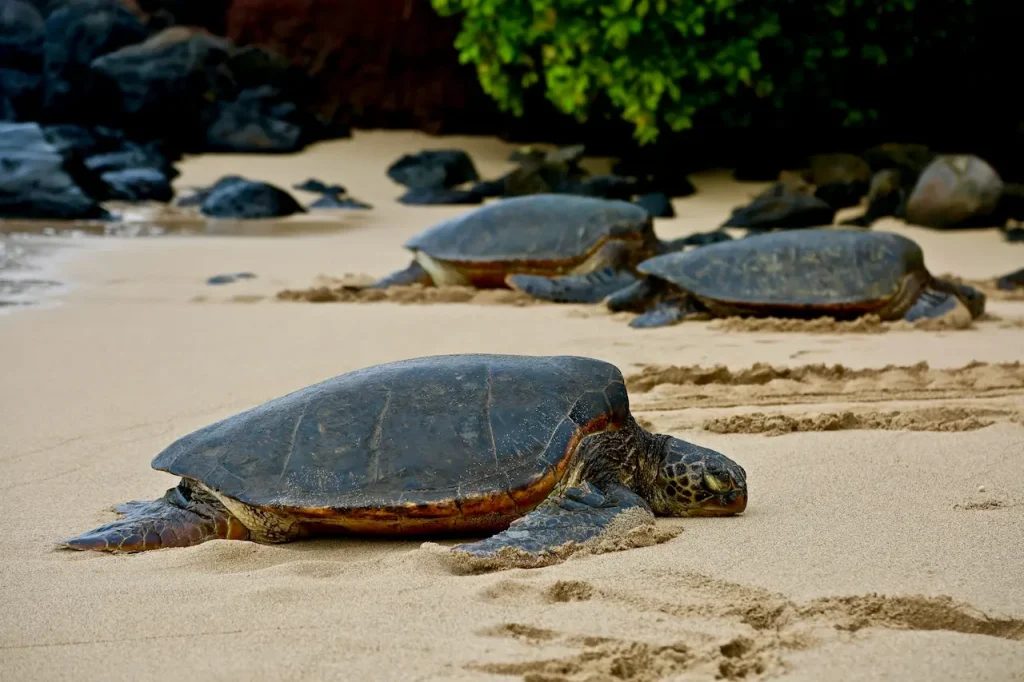
Aquatic turtles rely on water depth, vegetation, and mud cover to conceal themselves from threats. Secretive behaviors also help turtles avoid unwanted attention from predators.
Wariness
Turtles are generally wary and alert animals that avoid exposing themselves in open or risky areas. They may flee to water or their shells when sensing danger.
Strong site fidelity leads turtles to become intimately familiar with locations of concealment, escape routes, and other means of evading local predators within their home ranges.
Conclusion
As ubiquitous reptiles in diverse ecosystems, turtles interact with a broad range of predators throughout their lives. Turtle eggs and helpless hatchlings succumb easily to opportunistic mammals, birds, reptiles, and other predators.
As they mature, turtles gain protection from their hardened shells but still fall prey to intelligent predators like monitor lizards, bears, and alligator snapping turtles capable of accessing the meat within.
In waterways and oceans, turtles must contend with immense crocodilians, sharks, and other apex predators adept at penetrating their defenses.
To survive these threats, turtles have evolved camouflaged shells, unappetizing secretions, aggressive defense, and wary behaviors.
By examining turtle predator-prey dynamics, we gain insight into their role in interconnected food webs and communities as both hunter and hunted.
Their unique adaptations enable turtles to coexist and thrive alongside the diverse array of sometimes fearsome predators they encounter throughout their lives.

